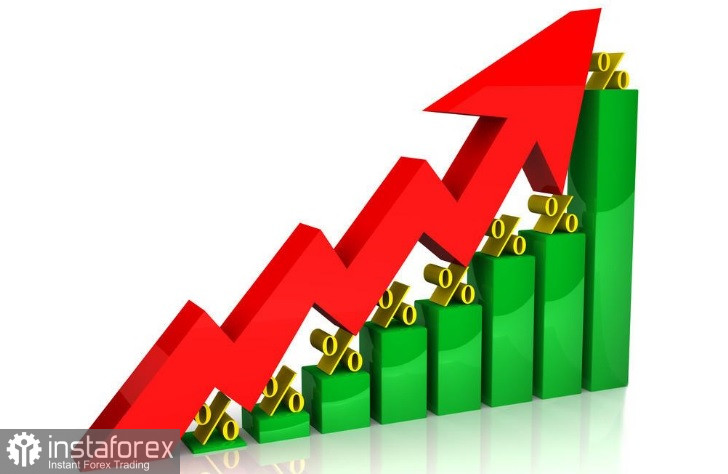
In an exclusive interview yesterday with Kathleen Hays for Bloomberg News, St. Louis Federal Reserve Bank President James Bullard reaffirmed the Federal Reserve's determination to continue aggressively raising rates to curb high inflation. Bullard said the good news is that markets are pricing in expected interest rate hikes, so it's important that officials honor and implement those hikes to keep high inflation in check.
He also said that the Federal Reserve is surprised that inflationary pressures continue to rise. Confirming that the goal of the Fed is to bring the federal funds rate closer to 4.5% or 4.75%. And the 75 basis point rate hike at the November FOMC meeting was more or less taken into account by the markets. However, he would prefer to wait for the meeting to decide on the amount of the increase.
He did not confirm that a 75 basis point rate hike in November would be followed by an additional 75 basis point rate hike in December, saying he did not want to publicize his opinion, which he would back at the December meeting.
Among Federal Reserve officials, Bullard is considered one of the most hawkish. He was the first Federal Reserve President to publicly propose a 75 basis point rate hike. In an interview, he said that the core consumer price index, which rose to 6.6% in September compared to last year, continues to cause concern.
His interview follows comments the day before yesterday by Minneapolis Federal Reserve President Neel Kashkari. During the panel discussion, he also confirmed that the Fed will maintain an aggressive monetary stance, saying the Fed cannot pause its monetary tightening campaign while core inflation is still accelerating.
These announcements reinforced market sentiment that government debt yields will continue to rise, as we saw yesterday. 10-year bond futures rose 3.23% to 4.127%, while 30-year Treasury yields rose 2.61% to 4.126%. These higher yields, in turn, strengthened the dollar, leading to a 0.75% increase in the dollar index, which is currently fixed at 112.83.

This led to a sharp decline in prices for precious metals.
 English
English 
 Русский
Русский Bahasa Indonesia
Bahasa Indonesia Bahasa Malay
Bahasa Malay ไทย
ไทย Español
Español Deutsch
Deutsch Български
Български Français
Français Tiếng Việt
Tiếng Việt 中文
中文 বাংলা
বাংলা हिन्दी
हिन्दी Čeština
Čeština Українська
Українська Română
Română

